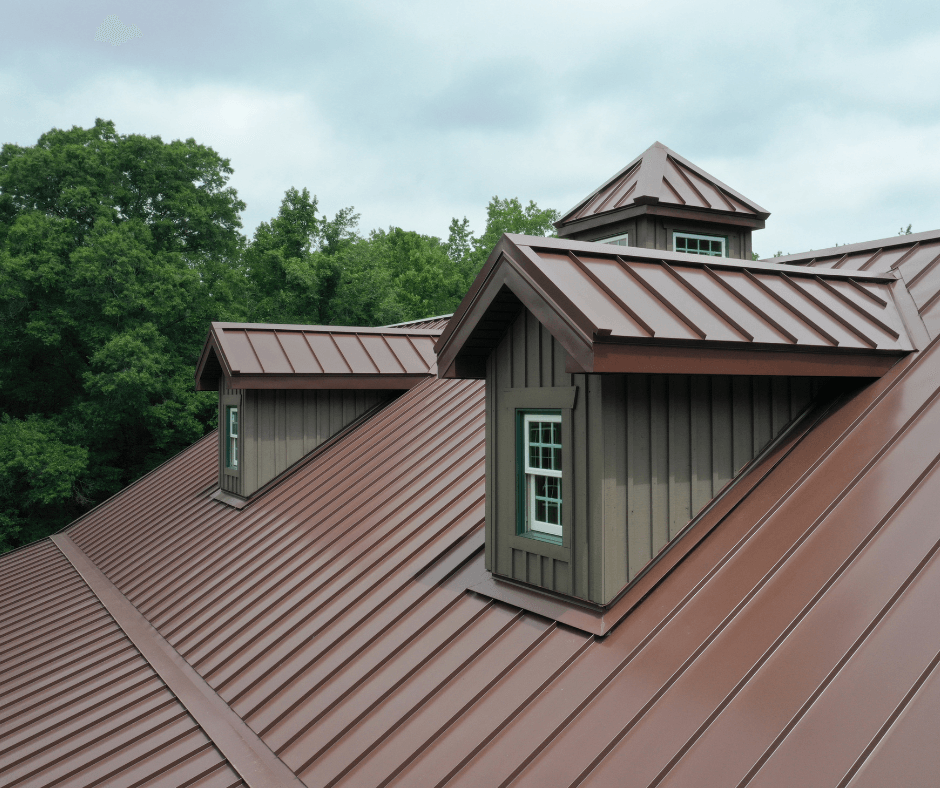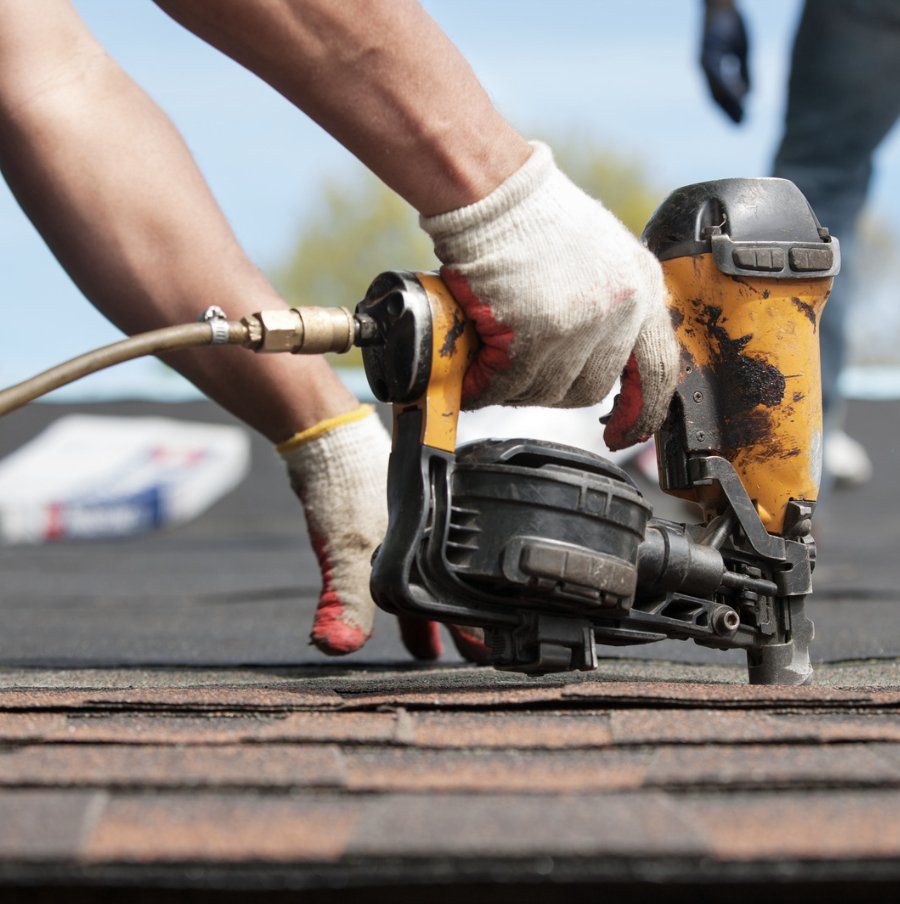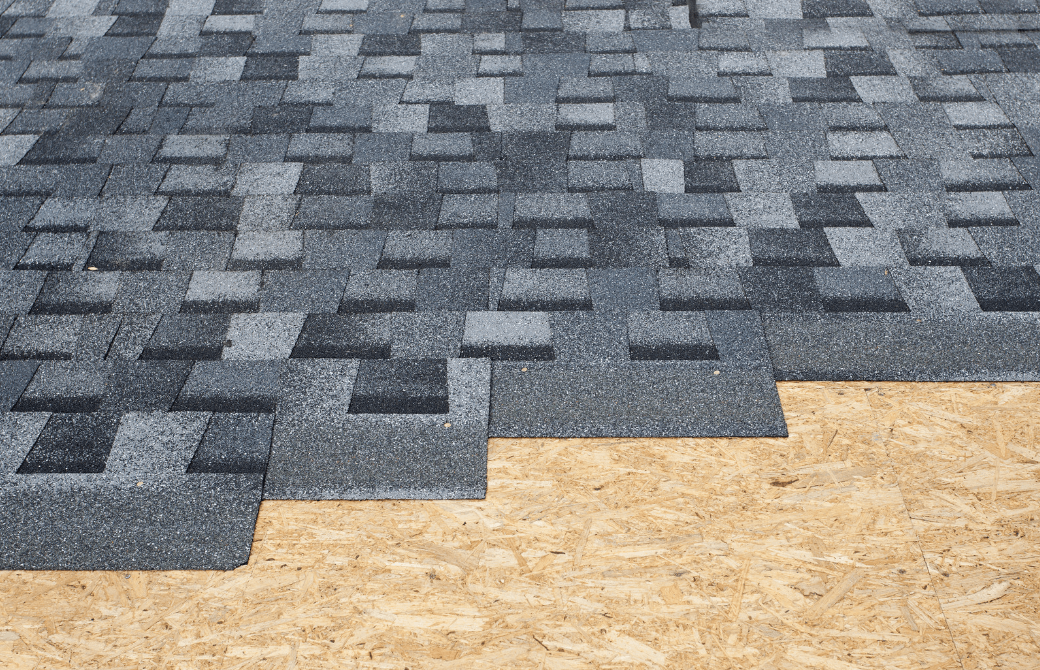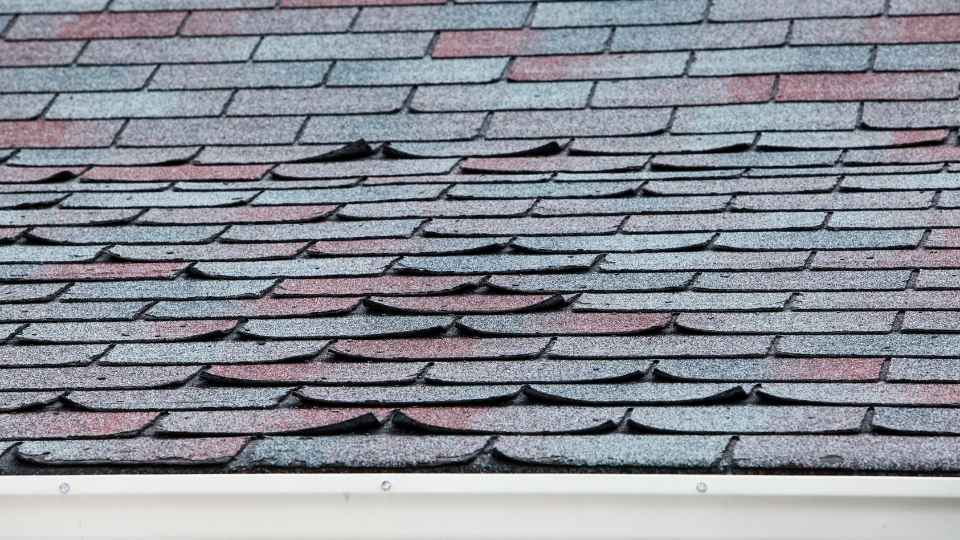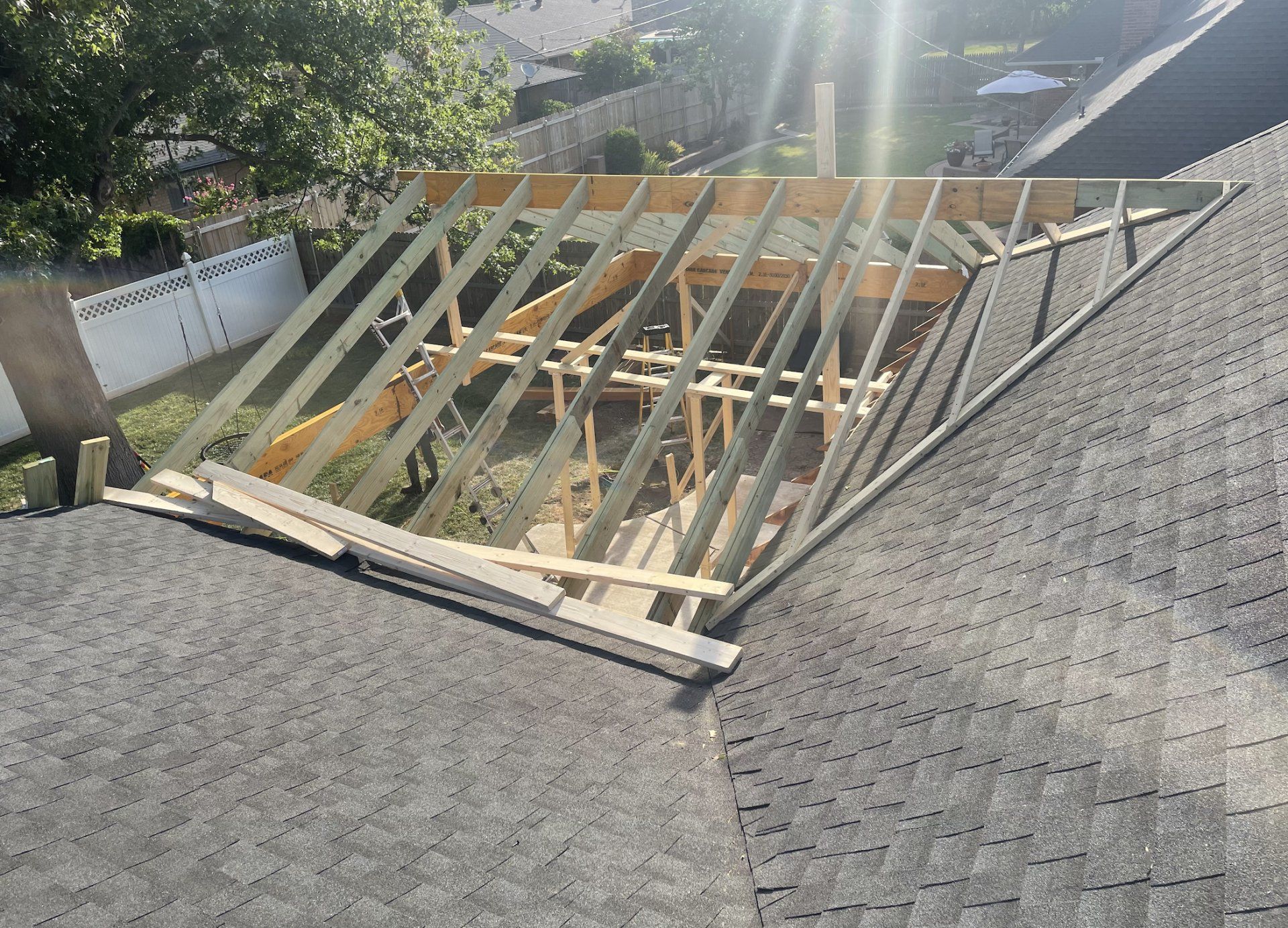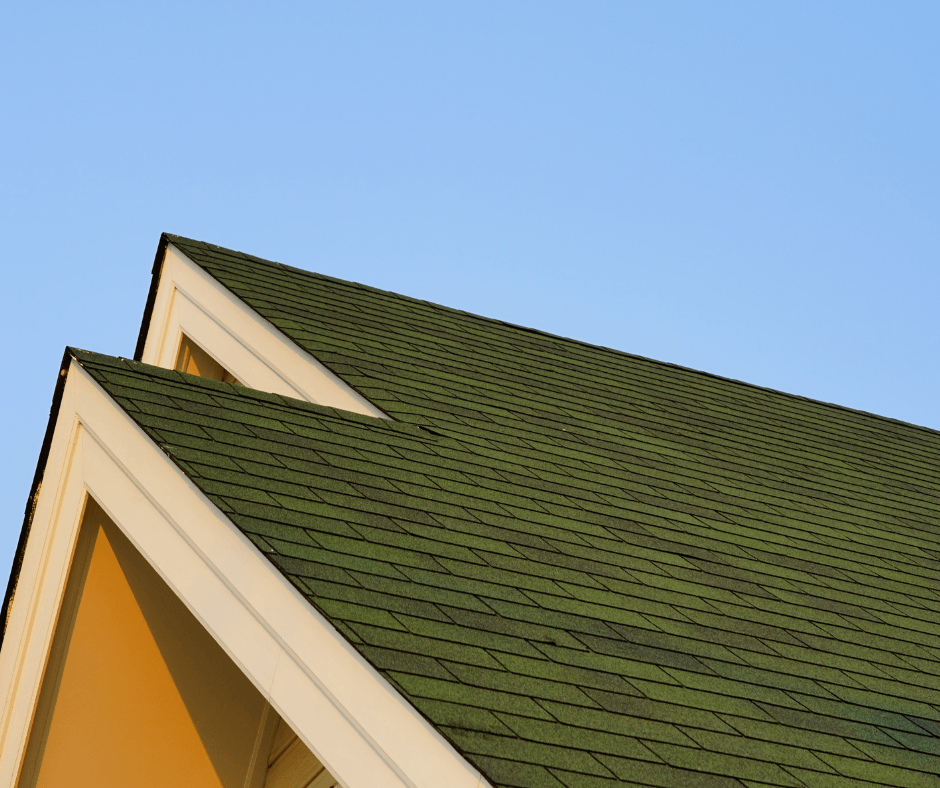Learn From Our Experience

By Alexi Ojeda
•
05 Feb, 2023
Roofing shingles are one of the most commonly used construction materials in the world. They provide protection, durability and aesthetic appeal to your residential homes. In this blog, I want to dive deep into the process of how roofing shingles are made. From the raw materials used, all the way to the final product that is sold to your roofing contractor and nailed to your roof. By the end of this blog, you will have a comprehensive understanding of the manufacturing process and the various steps involved. Although you may never need to know this information for your own roof repair or roof replacement job, it should help you understand the importance of the materials. Raw Materials Used: The two main raw materials of roofing shingles are asphalt and fiberglass. The asphalt is used as a bonding agent to hold the shingles together and provide a waterproofing function, while the fiberglass mat provides strength and durability to the shingles. Let's take a closer look at these two materials. Asphalt: Asphalt is a sticky, black substance that is created from the refining of crude oil. It is melted down and mixed with various additives to create the ideal consistency for shingle production. This mixture is then used to bond the fiberglass mat to the shingles, providing a waterproof barrier and holding the shingles together. This is the "glue" that holds the shingle together, if you will. Fiberglass Mat: Fiberglass is a strong and durable material that is made from glass fibers(as the name implies). In roofing shingles, the fiberglass mat is used to provide stability and strength to the shingles. It is added to the asphalt mixture and then covered with granules to provide protection from the elements. Steps in the Manufacturing Process: Now that we have a basic understanding of the raw materials used in roofing shingle production, let's take a closer look at the manufacturing process itself. There are five main steps involved in the production of roofing shingles: mixing the asphalt, adding the fiberglass mat, cutting and shaping the shingles, drying and coating the shingles, and packaging and shipping. Mixing the Asphalt: The first step in the production of roofing shingles is to mix the asphalt. The asphalt is melted down and mixed with various additives to create the ideal consistency for shingle production. This mixture is then used to bond the fiberglass mat to the shingles, providing a waterproof barrier and holding the shingles together. Adding the Fiberglass Mat: After the asphalt mixture has been created, the next step is to add the fiberglass mat. The fiberglass mat is added to the asphalt mixture and then covered with granules to provide protection from the elements. This step is crucial in ensuring the strength and stability of the shingles. Cutting and Shaping the Shingles: Once the fiberglass mat has been added to the asphalt mixture, the next step is to cut and shape the shingles. The mixture is cut into individual shingles and shaped to fit the desired specifications. This is typically done using a specialized cutting machine that is designed for this purpose. Drying and Coating the Shingles: The next step in the production of roofing shingles is to dry and coat the shingles. The shingles are dried to remove any excess moisture and then coated with a layer of granules for added protection and aesthetic appeal. The granules are typically made from crushed rock and come in a variety of colors and finishes to match the look of the shingles to the surrounding environment. Packaging and Shipping: The final step in the production of roofing shingles is packaging and shipping. The shingles are packaged in boxes and shipped to roofing suppliers and roofing contractors for distribution to customers. The packaging process is carefully managed to ensure that the shingles are protected during transportation and storage. The boxes are labeled with important information such as the manufacturer, product name, and color, as well as any relevant certifications or warranties. Conclusion: Roofing shingles are a critical component of any home & especially roofing system. They provide protection, durability, and aesthetic appeal. Understanding the process of how roofs are made is important for both homeowners and contractors. From the raw materials used to the final product, the production of roofing shingles is a complex and multi-step process that requires precision and attention to detail at every stage. By understanding this process, you will be better equipped to make informed decisions when it comes to roofing shingles for your home or building.
Quick & Reliable
We are available 24/7 via text, email or telephone
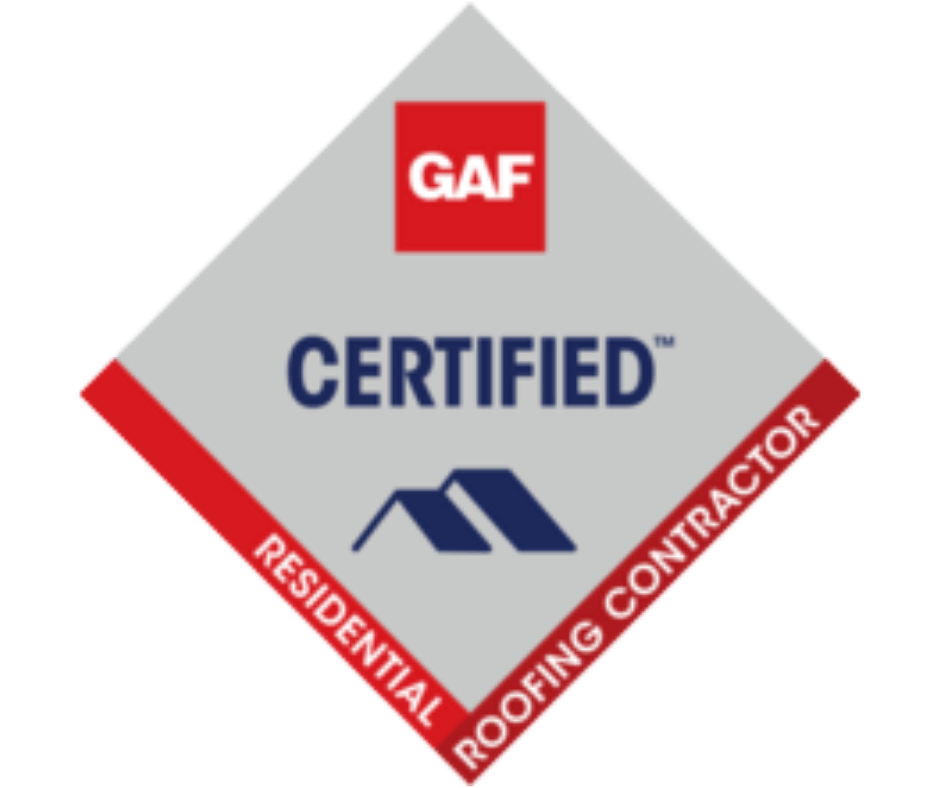

Location
Edmond, OK, United States
alexi@alexiojedaroofing.com
Call
405-914-4691
© 2024
All Rights Reserved | Alexi Ojeda Roofing LLC


